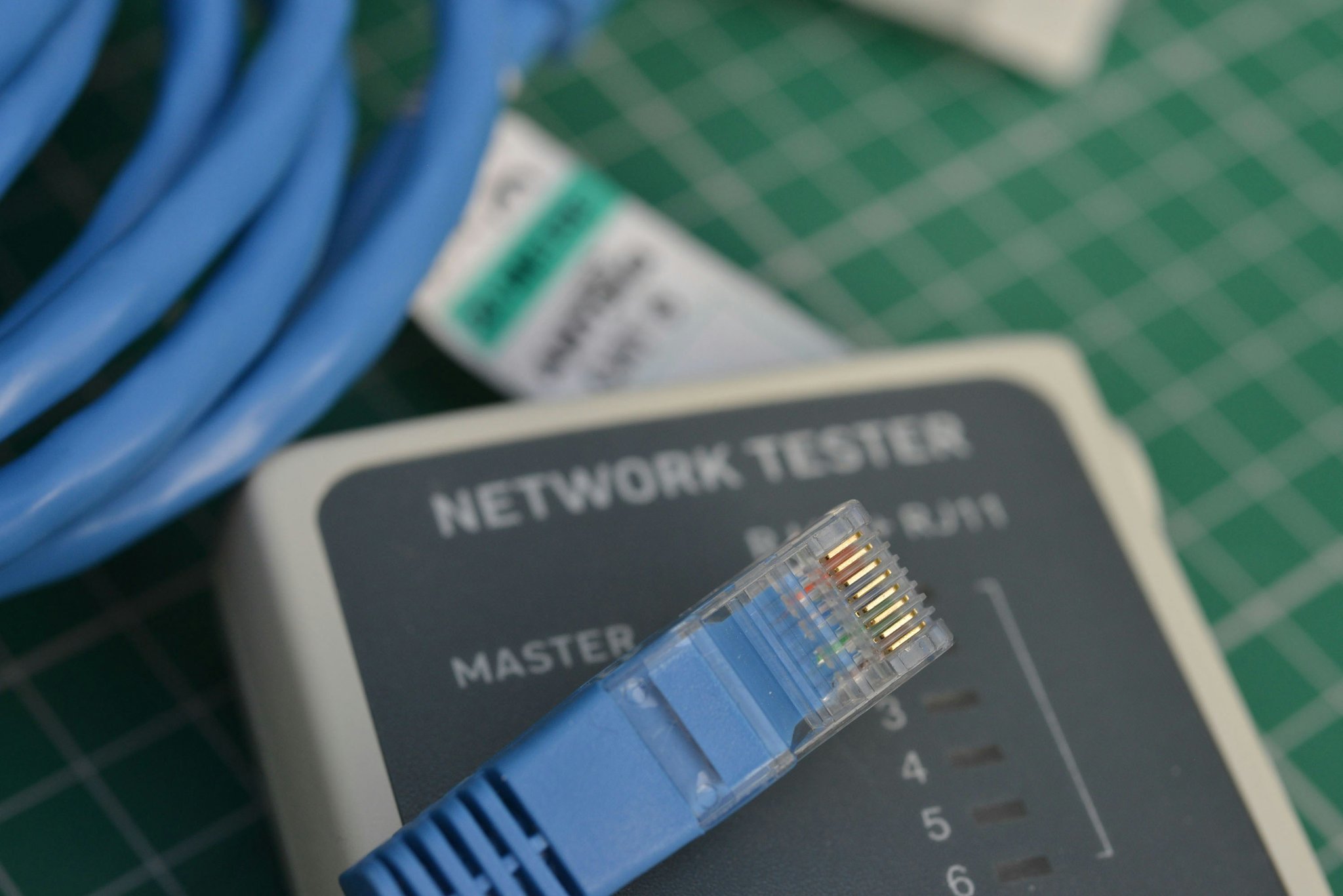Ever stared at a server crash log at 2 a.m., wondering why your supposedly “foolproof” system crumbled under pressure? You’re not alone. In the world of cybersecurity and data management, even the smallest glitch can snowball into a catastrophic failure. That’s where fault injection testing comes in—a technique so powerful it could save your systems (and your sanity).
In this post, we’ll explore what fault injection testing is, why it’s essential for building resilient systems, and how you can implement it effectively—even if you’re no tech wizard. Buckle up because we’re diving deep into the nitty-gritty of fault tolerance.
Table of Contents
- What Exactly Is Fault Injection Testing?
- Why Does Fault Injection Testing Matter?
- How to Perform Fault Injection Testing: A Step-by-Step Guide
- Best Practices for Effective Fault Injection Testing
- Real-World Examples of Fault Injection Success
- Frequently Asked Questions About Fault Injection Testing
Key Takeaways
- Fault injection testing helps identify weaknesses in your system before they become disastrous failures.
- It’s critical for improving fault tolerance and ensuring robust cybersecurity measures.
- With the right tools and strategies, even beginners can implement effective fault injection tests.
What Exactly Is Fault Injection Testing?
Let’s start simple. Fault injection testing is basically stress-testing your software or hardware by intentionally introducing errors—because, let’s face it, real-world scenarios don’t play nice. These “errors” simulate everything from hardware malfunctions to unexpected user inputs or network outages.
Confessional fail alert: Early on in my career, I once deployed an update without running any fault injection tests. Spoiler alert—it crashed within minutes when a minor memory leak spiraled out of control. Lesson learned? Always anticipate chaos.

Optimist You: “We’ve built a solid system; nothing will go wrong!”
Grumpy You: “Yeah, until someone accidentally unplugs the server. Let’s test THAT scenario first.”
Why Does Fault Injection Testing Matter?
In today’s hyperconnected digital landscape, downtime doesn’t just mean lost revenue—it damages trust. Think about banks, hospitals, or e-commerce platforms. One tiny bug can leave customers stranded, frustrated, and worse, vulnerable to cyberattacks.
Fault injection testing isn’t just another buzzword; it’s a lifeline for building fault-tolerant systems. By proactively identifying weak points, you ensure your platform stays operational, secure, and scalable—even during peak loads or unexpected conditions.
How to Perform Fault Injection Testing: A Step-by-Step Guide
Step 1: Define Your Objectives
Start by asking: What are the potential failure modes? Are you focusing on database corruption, API timeouts, or hardware crashes? Clarity here ensures your efforts aren’t wasted.
Step 2: Choose the Right Tools
There are plenty of tools available, like Chaos Monkey, Gremlin, or custom scripts. Pick one that aligns with your team’s skill level and goals.
Step 3: Inject Faults Strategically
Introduce faults incrementally—don’t throw everything at once. For example, start with a simulated network outage and observe how your system reacts.
Step 4: Analyze Results
Review logs, monitor performance metrics, and pinpoint bottlenecks. Did your system recover gracefully, or did it implode spectacularly? Either way, you’ve gained valuable insights.

Step 5: Iterate and Improve
Use what you’ve learned to refine your codebase, architecture, and recovery protocols. Repeat regularly as your system evolves.
Best Practices for Effective Fault Injection Testing
- Automate Where Possible: Manual testing gets tedious fast. Use automation tools to streamline repetitive tasks.
- Document Everything: Keep detailed records of each test case, its outcomes, and subsequent fixes.
- Prioritize High-Impact Areas: Focus on components most crucial to your system’s operation.
- Involve the Whole Team: From developers to DevOps engineers, collaboration is key to spotting blind spots.
Bonus Tip: Don’t forget edge cases. Ever tested how your app handles leap years? No? Well, now might be a good time.
Terrible Tip Disclaimer: Some folks suggest skimping on documentation to save time. Big mistake. Without proper documentation, you’ll end up redoing work—or worse, missing critical vulnerabilities entirely.
Real-World Examples of Fault Injection Success
Take Netflix, for instance. Their infamous Chaos Monkey tool randomly disables production instances to ensure their streaming service remains uninterrupted. This proactive approach has kept Netflix ahead of competitors despite massive growth.
Another shining example? NASA. They’ve been using fault injection techniques since the Apollo missions to guarantee spacecraft reliability. Whether it’s simulating radiation interference or power shortages, their meticulous testing paid off big time during Mars Rover landings.

Frequently Asked Questions About Fault Injection Testing
Q: Isn’t Fault Injection Testing Expensive?
A: Not necessarily. Open-source tools like Pumba or Litmus make it affordable for small teams too.
Q: Can I Do Fault Injection Without Breaking Things?
A: Yes! Start in safe environments like staging servers to minimize risk.
Q: How Often Should I Run Tests?
A: Regularly—at least quarterly—and after major updates or deployments.
Conclusion
Fault injection testing may sound intimidating, but it’s a game-changer for achieving true fault tolerance. By simulating real-world disasters, you prepare your systems to handle anything life throws their way. So grab your tools, roll up your sleeves, and get testing!
Like dial-up internet in the ’90s, patience and persistence pay off. Remember: resilience is built brick by brick—or byte by byte.
Haiku Time:
Crash early, crash often,
Learn faster than ever,
Systems stay steady.


